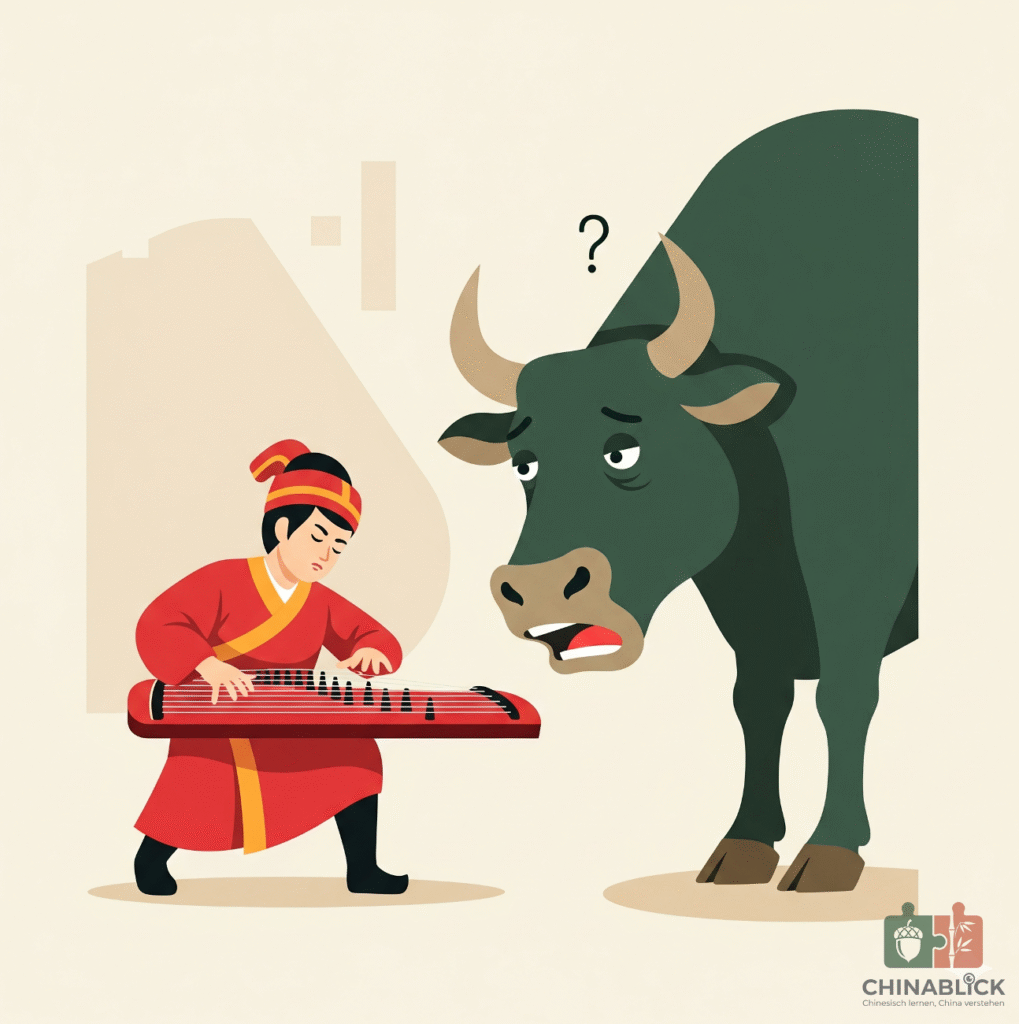
Did you know that in Chinese, just four little characters can tell an entire story?
Take the saying “duì niú tán qín” (对牛弹琴), which literally means “to play the lute to a cow.” The image is funny enough—someone playing beautiful music while the cow stares blankly back. But what it really means is “to talk to someone who just doesn’t get it.” In English we might say “talking to a brick wall.” Short, vivid, and memorable—one phrase, one story, one lesson.
What Exactly Is a Chengyu?
A chengyu is a special kind of Chinese expression. Most are just four characters long, fixed in form, and carry a complete meaning. But they are more than words—they’re cultural capsules. Inside each one, you’ll often find a slice of history, a folk tale, or a piece of classical wisdom that has survived for centuries.
(Fun fact: while most chengyu have four characters, there are a few exceptions.)
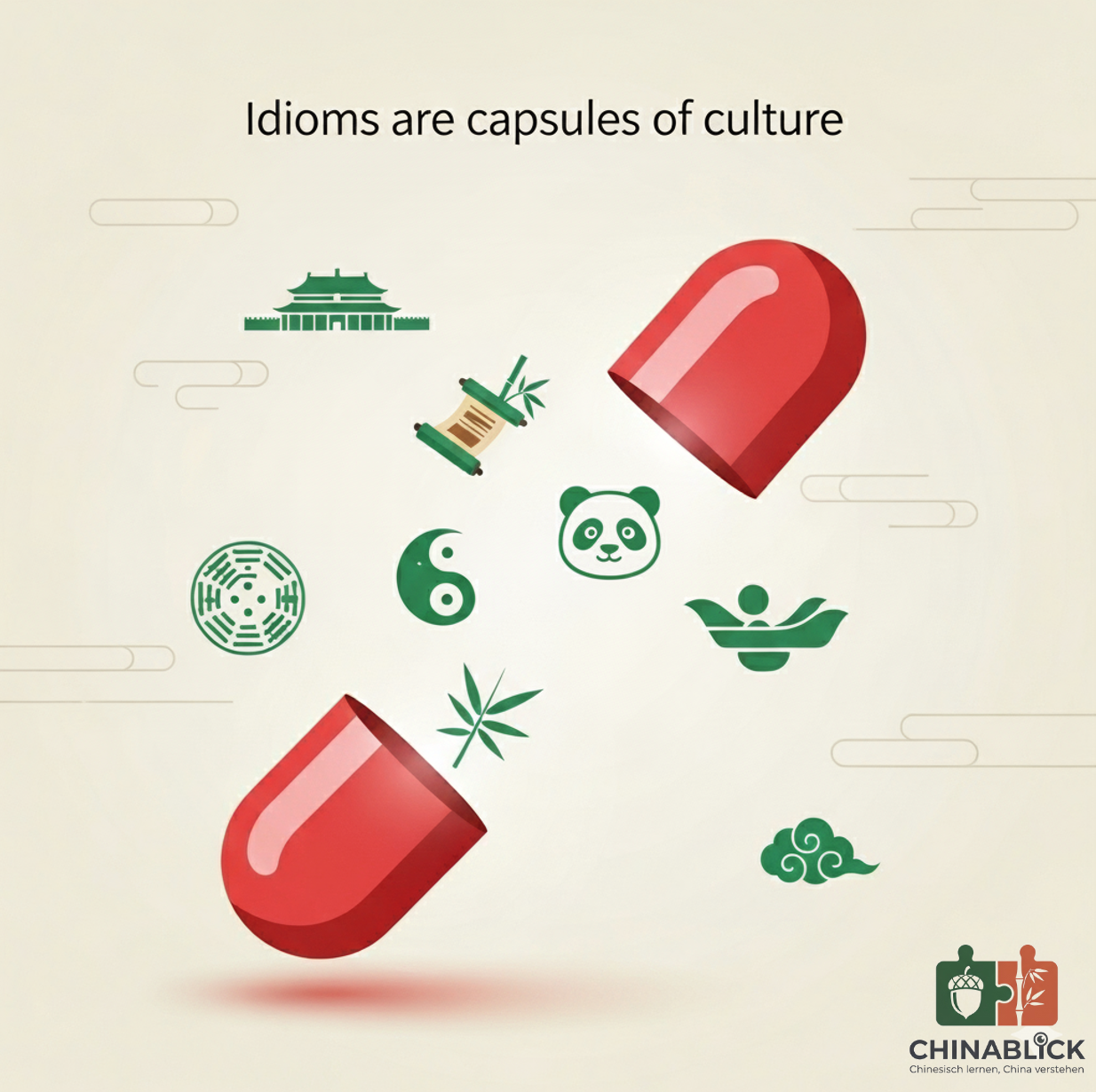
Where Do Chengyu Come From?
Many chengyu have fascinating origins:
- Ancient classics – such as Records of the Grand Historian (Shiji) or Zuo Commentary
- Literature – like Romance of the Three Kingdoms or Dream of the Red Chamber
- Folk tales – stories passed down among ordinary people
Here’s one example:
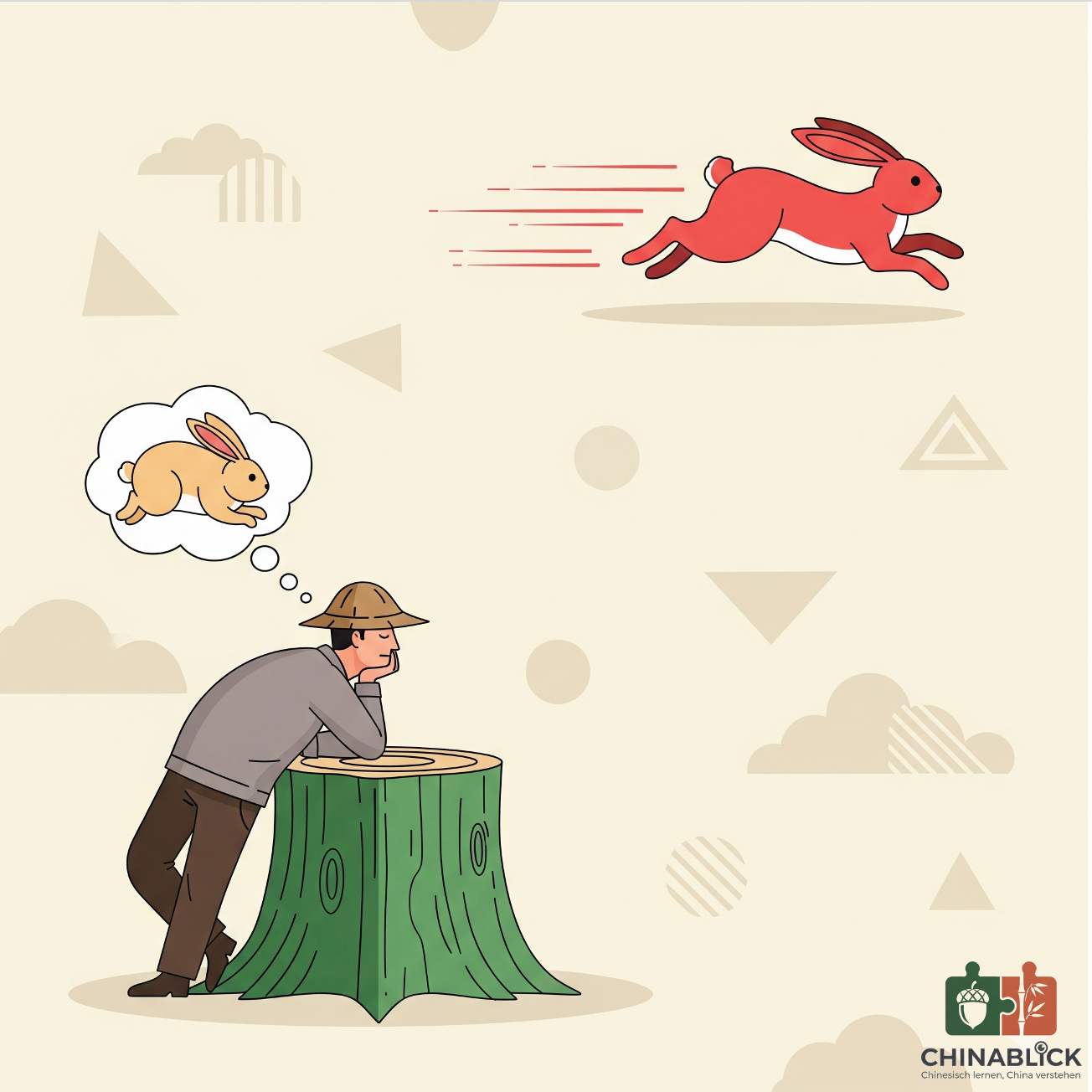
“shǒu zhū dài tù” (守株待兔) literally means “waiting by the stump for a rabbit.” The story goes that a farmer once saw a rabbit run headfirst into a tree stump and die. From then on, instead of farming, he just sat by the stump every day, hoping another rabbit would do the same. Unsurprisingly, he ended up with no harvest.
Today, this chengyu describes someone who sits around waiting for luck instead of working for success.
How would you say that in English? Maybe “daydreaming” or “waiting for a miracle.”
Why Bother Learning Chengyu?
There are plenty of reasons:
- Sound more natural in Chinese – using chengyu makes your speech richer and more fluent.
- Understand the culture – every chengyu reflects how Chinese people think about life and the world.
- Bridge cultures – being able to drop a well-placed chengyu shows not just language skill, but cultural insight.
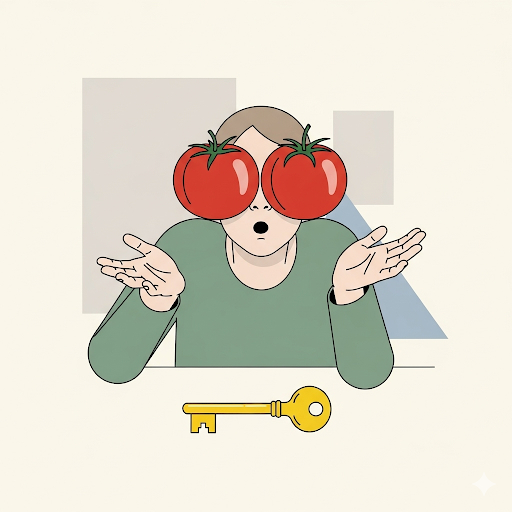
Think of it this way: if you’re learning German, it’s one thing to know the vocabulary, but when you can say “Tomaten auf den Augen haben” (“to have tomatoes on your eyes,” meaning not to see something obvious), that’s when you really get inside the culture.
A Little Quiz: Can You Guess the Chengyu?
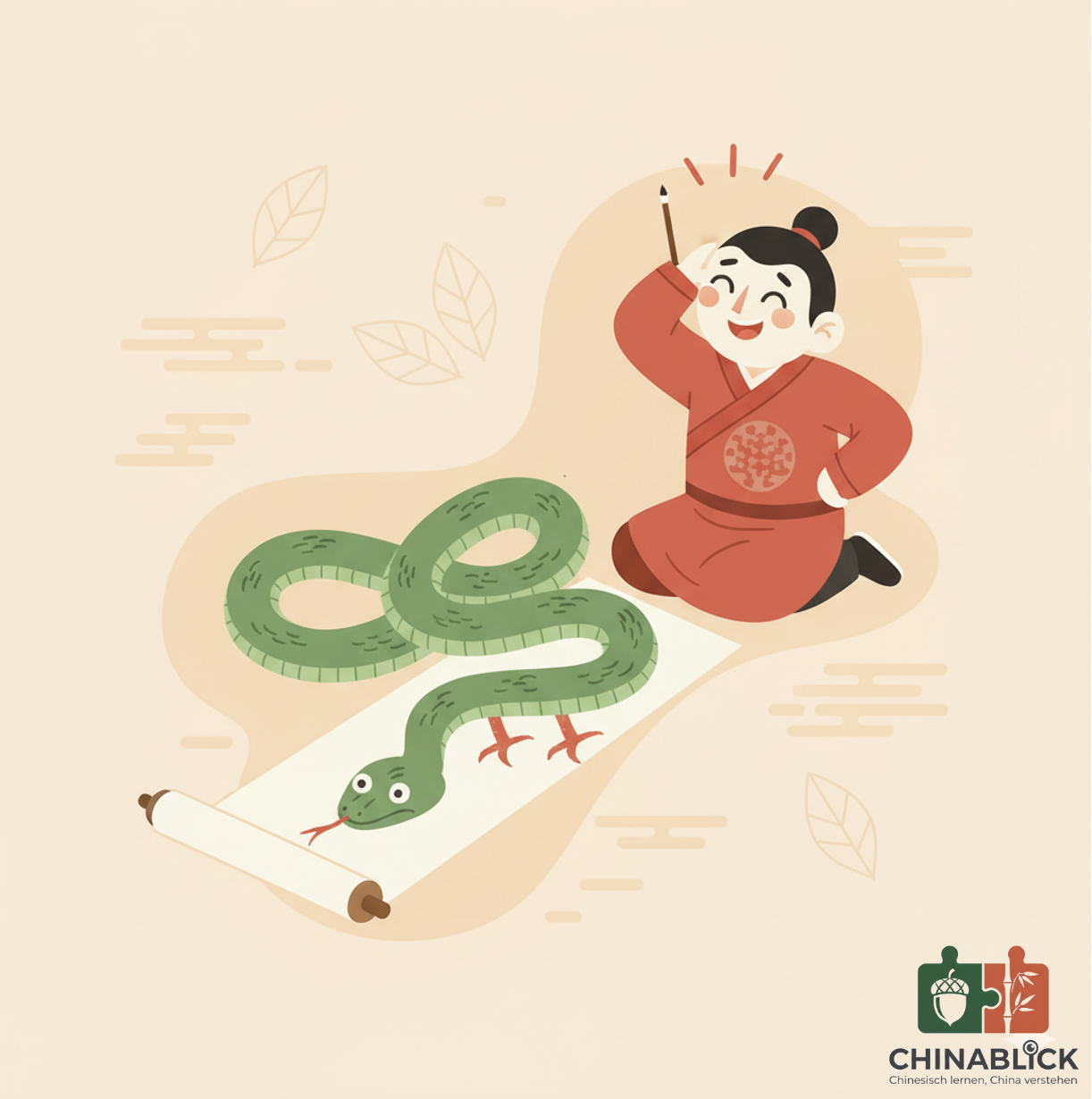
“A man was hosting a banquet. He drew a snake, but then thought it looked too plain. So he added feet to it. Everyone laughed and said, it no longer looked like a snake.”
Which chengyu grew out of this story?
- A. 虎头蛇尾 – strong start, weak finish
- B. 画蛇添足 – to overdo something
- C. 杯弓蛇影 – false alarm
Check the answer at the end!
Chengyu are more than quirky phrases. They’re like little windows into Chinese history and philosophy. With just four characters, you get a story, a moral, and a glimpse of how Chinese culture has been passed down through generations.
And this is just the beginning—there are hundreds more. Stick around, and we’ll keep exploring these four-character treasures together!
Quiz Answer 🎉
The correct answer is B. “to overdo something” 🐍👣.
The story goes that someone drew a snake that looked just fine. But he thought it wasn’t fancy enough, so he added feet. Everyone laughed because he had ruined it.
That’s why “huà shé tiān zú” (画蛇添足) means “to overdo something unnecessarily and spoil the result.”
Funny, vivid, and easy to remember—just like the best chengyu always are.
